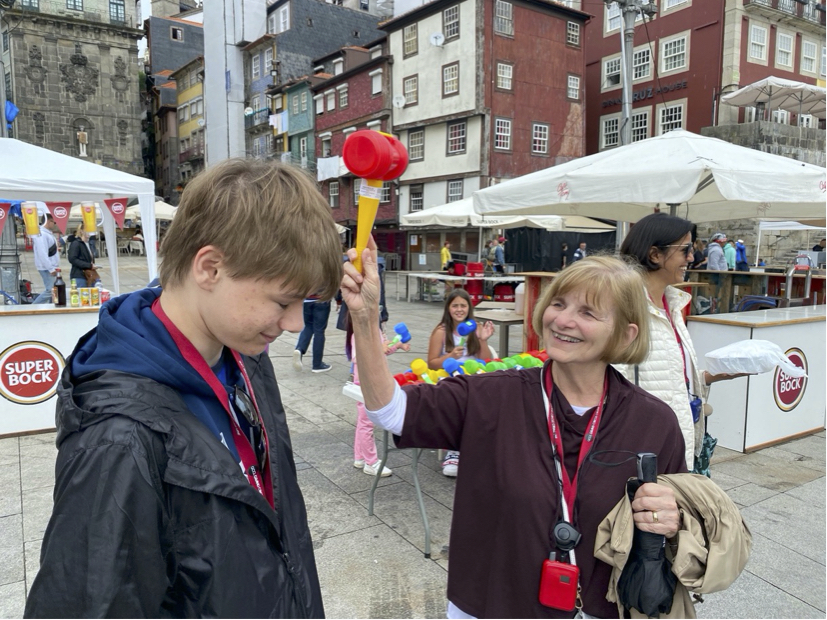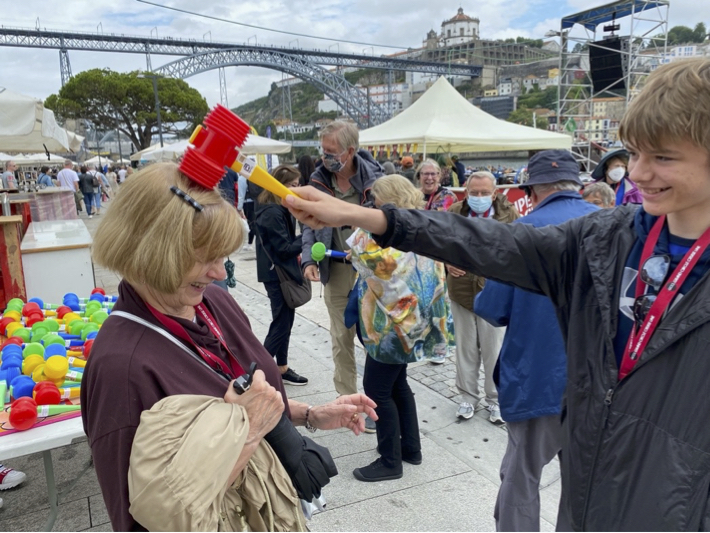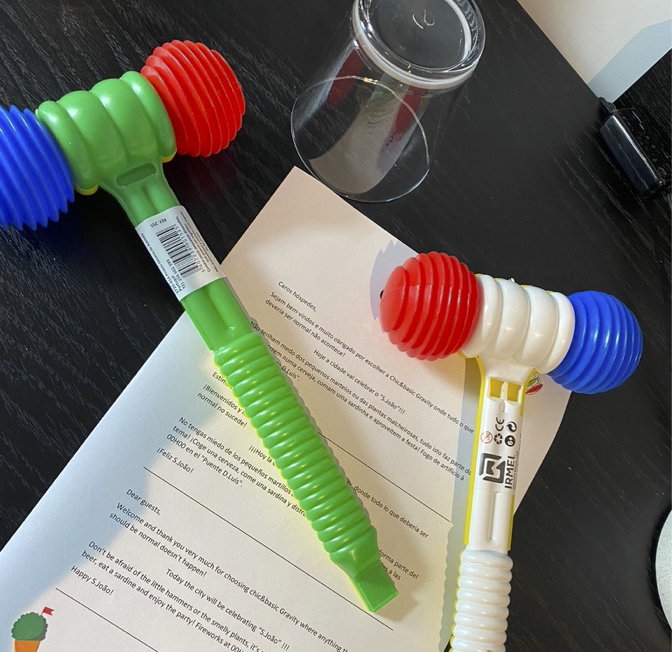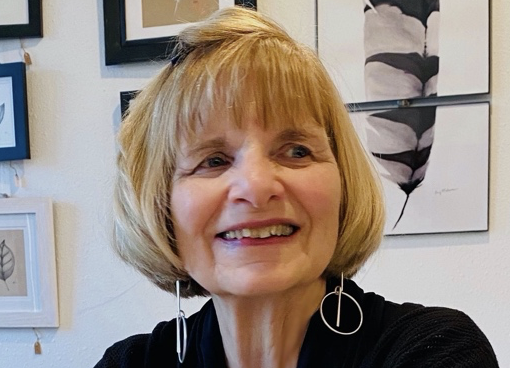Iberian Journal: Who knew getting hammered in Porto could be so much fun?

(Part 3 of 4)
PORTO, Portugal — Call it serendipity.
By pure luck rather than brilliant planning, my husband Jim, our grandson Benjamin and I arrive in Porto with our traveling companions on the morning of June 23. It’s the eve of the Feast Day of the city’s patron, São João (St. John the Baptist) and Porto’s biggest party of the year.
We have no idea that we will get thoroughly hammered before the celebration ends.
After a lingering lunch of olives, tuna pâté, roasted pork and potatoes, and (of course) Portuguese red wine, we walked the short distance to the Douro River, the epicenter of the festivities.
Wide walkways along the riverfront already were teeming with partyers. Bands were playing traditional Portuguese music as well as top hits, revelers were dancing, fired-up barbecues were grilling sardines and slabs of pork, sidewalk cafes were filling with patrons imbibing on locally brewed Super Bok beer or Douro Valley wine, and every few yards, vendors were selling plastic hammers.
Hammers?
Yes, soft plastic hammers. It seems they are essential to commemorate the feast of the austere and ultimately beheaded São João, who baptized Jesus in the River Jordan.
A fellow traveler bought two hammers, giving one to Benjamin with great aplomb, and then promptly bops him on the head. Laughing, Benjamin responds in kind.
The rest of us can’t wait to get into the fray.

Hammer Heads?
Bopping people, even strangers, on the head with these harmless hammers is a modern permutation of a pagan custom that dates to at least the 14th century. Long before Porto natives even heard of São João, they staged a celebration thanking the sun for an abundance of crops each year around June 23. Among the customs, people randomly hit each other on the head with wilted leeks for luck. Another custom involves building bonfires and challenging daring souls to demonstrate their courage by briefly jumping in.
The ancient festival over time became the Christian Feast of São João. In the 20th century, soft hammers replaced the head-bopping leeks, and spectacular fireworks at midnight over the landmark D. Luís I Bridge replaced bonfire jumping.

Getting Hammered
Checking into our hotel, we’re delighted to discover that complimentary plastic hammers are in our guest rooms. We set out by foot to explore the city in full party mode, although it’s only the late afternoon.
We weaved through Porto’s steep and curvy hills — hills steeper than Quincy’s hills from Third Street to the Mississippi. We hiked past the Sé do Porto (Cathedral of Porto), the 11th century edifice that towers high above the Douro River and experienced the nauseating thrill of height-induced vertigo as we walked across the nearby D. Luís I Bridge to Cais de Gaia on the other side — all the time thrilling in random hammer hits that assure us we are welcome.

I marveled as little children approached strangers and bowed their heads in hope of a bop — much to the enjoyment of their parents.
Getting hammered (and hammering) in Porto was a wonderful experience — a just-for-fun celebration that doubtfully could happen in our deeply polarized and contentious United States. For an instant, we connected at a human level that transcends nationality, race and language. We connected at a level that rivets the soul.
Although I can’t be certain, I think São João would be proud.

Martha Brune Rapp is a writer and spiritual director who will cherish memories of getting hammered in Porto for the rest of her life.
Miss Clipping Out Stories to Save for Later?
Click the Purchase Story button below to order a print of this story. We will print it for you on matte photo paper to keep forever.

